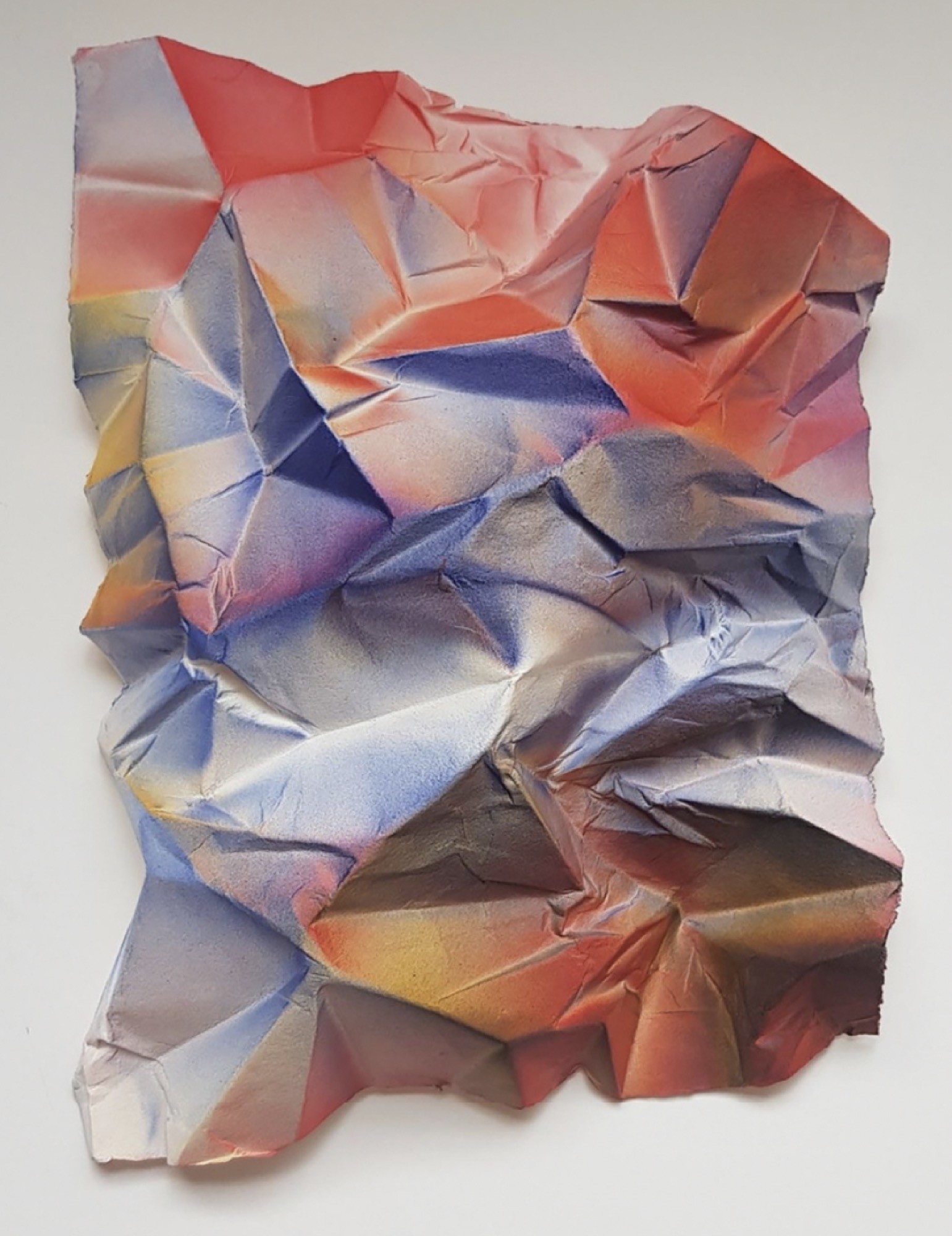
Richmond is cool again. Of course, it always was. Now the baby galleries have arrived: Discordia and LON intervene in the relatively staid locale that since the mid-eighties has been home to Charles Nodrum Gallery on Church Street, and lends positive ballast to the faded icon of the Niagara Galleries opposite the Punt Road Oval of the Richmond Tigers. Retaining an inner-suburban charm abutting the ex-industrial estates and footy pubs, being the epicentre of the twenty-first century property-bubble bonanza means the once heroin-chic of Howard Arkley’s aesthetic entryism now look like airbrushed monuments to the White Australia Policy.
Given the satellite improvisation of the otherwise online Spring1883 fair, where galleries hastily installed their offerings at home base rather than in the suites of the Windsor Hotel, the unexpected pleasantness of a pre-lockdown stroll through the streets connecting the two galleries reminded me of how important the suburb was to my vision of modern Australia, if not for the motorways “removing the last trace of dignity from the poor Yarra in this part,” as Robin Boyd put it in the 1960s. It’s not true. Seen today there is something almost charming about an inner-city suburb that hasn’t been completely railed by high-rise apartment complexes and fluorescent cafes. Well, almost.

Given Niagara established the annual Blue Chip exhibition that has targeted the kind of, um, blue chip art stock to market levels no-longer dreamed about since their inauguration in the 1990s, Spring artists like Sean Meilak and Travis MacDonald threaten to seem out of place in Niagara’s hollowed stock rooms. Yet it is the continuities of a vibrant local art archi-Pelaco that maintains intrigue here. The bright space upstairs that contains a playful installation of works variously leaning on couches or in open draws and windowsills, allows works by Angela Brennan and Mary Barton to gently transport us back to the galleries’ heyday without feeling nostalgic for Melbourne’s enamelled past. However, the highlight of the show is surely MacDonald’s ambitious A West Girl (2016), which is hung coincidentally on the western wall of Niagara’s downstairs office, separating it off from the rest of the works collected for the fair.

Since 1988 the Nodrum’s house-style gallery has faced the Berry Street location where Dogs in Space was filmed in a similar two-story Edwardian a few years earlier. On Church Street, the gallery feels exactly like the family affair that the gallery is, and curator Kate Nodrum has given over the downstairs space to the collection chosen for the fair in an unfussy and again, charming way for the severely interrupted exhibition program.

Issue No. 1
Grab a copy of Memo’s first glossy annual magazine issue, featuring an extended artist focus on Archie Moore, the 2024 Venice Biennale Australian Representative, with essays by Rex Butler, Tara Heffernan, Tristen Harwood, and Hilary Thurlow.
Issue 1 features articles by Audrey Schmidt, Philip Brophy, Helen Hughes, The Manhattan Art Review’s Sean Tatol, Cameron Hurst, Chelsea Hopper, among your favourite regular Memo contributors. There are reviews and articles, including on Melbourne design art, French literature’s ageing enfant terrible, Michel Houellebecq, Derek Jarman’s Blue (1993), the celebrated Spike magazine cultural critic, Dean Kissick, the local cult-favourite Jas H. Duke, and much, much more.
Memo Magazine, 256 pages, 16 x 25 cm
The first work to notice is the massive James Gleeson oil painting, Jupiter Oration (2006), which hangs like a maw. In a bathroom at the Windsor it would have had an impact far different to the way that it now competes with the hard-edge abstraction of Samara Adamson-Pinczewski’s Try-Angles or Lesley Dumbrell’s networks of Gouache lines on Arches paper. The newcomer to the stable, Justin Andrews, whose structured abstractions make the link back the historical avant-gardes that spurred Gleeson on to painting nearly a century ago settles the room into its mid-tempo ambience without any difficulty. Nevertheless the standout works are without a doubt Louise Forthun’s otherworldly abstractions, also supported on Arches paper. Folded and punished, the blown synthetic polymer paint that competes and dusts the battered surfaces seems like the twenty-first century answer to Arkley’s quaint suburbia. Here the hi-res photography of a DSLR can break down completely the haptic sense of the real space; suddenly we’re back online.

As if it matters, the works exist for themselves, and the galleries really are doing their best to accommodate the difficult and changing circumstances we currently face. If nothing more, there’s dignity in the quiet persistence of the artists and their gallerists who have offered here a break through the endless repetition of increasingly numbing numbers and government announcements.